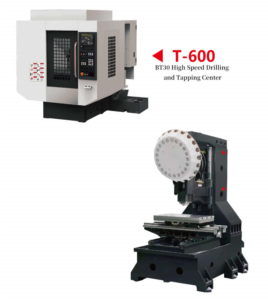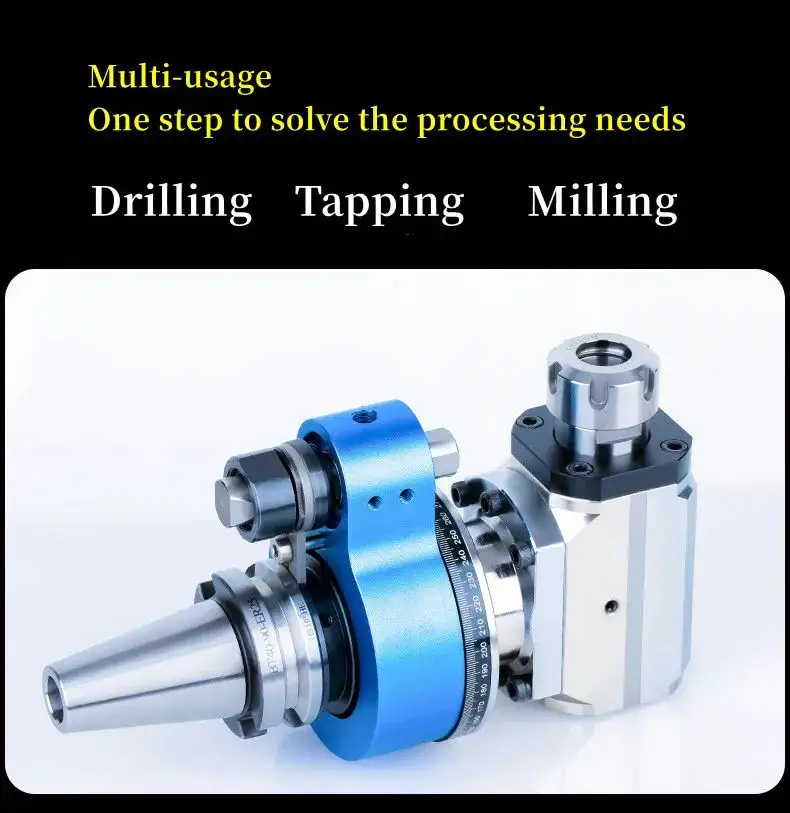In the heart of industrial innovation lies the machining factory, a dynamic hub where raw materials transform into precision-engineered components. As businesses strive for competitiveness in an evolving market, enhancing the efficiency of machining operations is paramount. This article delves into strategies that go beyond the conventional, offering unique insights to elevate your machining factory’s performance without resorting to clichéd approaches found on generic platforms.
The machining factory, often seen as the backbone of manufacturing, faces constant pressure to reduce costs, increase productivity, and maintain quality standards. To achieve these goals, it’s crucial to adopt a holistic approach that integrates advanced technologies, streamlined processes, and a culture of continuous improvement.

At the forefront of this transformation is the adoption of smart manufacturing techniques. Unlike traditional setups, smart factories leverage Internet of Things (IoT) devices, big data analytics, and artificial intelligence to optimize production workflows. By embedding sensors throughout the machining equipment, real-time data on machine performance, tool wear, and process efficiency can be collected. This data-driven approach enables predictive maintenance, reducing unexpected downtimes and extending the lifespan of machinery.
Furthermore, integrating Computer-Aided Manufacturing (CAM) software with Computer-Numerical Control (CNC) machines enhances precision and flexibility. CAM software allows for the seamless translation of design specifications into machine-readable instructions, minimizing human error and accelerating production cycles. This integration not only boosts productivity but also facilitates the production of complex geometries that were previously infeasible.
A often overlooked aspect in machining factories is the optimization of material handling and workflow layout. Efficient material flow reduces bottlenecks and ensures that resources are utilized optimally. Implementing automated guided vehicles (AGVs) or conveyor systems can streamline the transportation of materials, while lean manufacturing principles can guide the reorganization of workspace to eliminate waste and improve process flow.

Sustainability is another critical factor that modern machining factories must embrace. Adopting eco-friendly practices, such as recycling coolant, optimizing energy consumption, and selecting materials with a lower environmental footprint, not only aligns with global trends but also enhances the factory’s reputation and long-term viability. Implementing these practices can lead to cost savings through reduced waste and energy expenses.
Moreover, fostering a culture of innovation and continuous learning within the machining factory is vital. Encouraging employees to propose process improvements and providing training on the latest technologies empowers the workforce and drives operational excellence. Regular workshops and seminars can keep the team abreast of industry developments, ensuring the factory remains at the cutting edge.
In conclusion, elevating the efficiency of your machining factory requires a multifaceted approach that marries technology, process optimization, sustainability, and a proactive workforce. By embracing these strategies, you can transcend the limitations of conventional methodologies and position your factory as a leader in the manufacturing sector. Remember, the journey to excellence in machining begins with a commitment to innovation and a relentless pursuit of operational efficiency.
As the manufacturing landscape evolves, so must your machining factory. By adopting these forward-thinking strategies, you’ll not only enhance productivity and quality but also secure a competitive edge in an increasingly demanding market. The future of machining is here, and it’s time to unleash the full potential of your factory.

